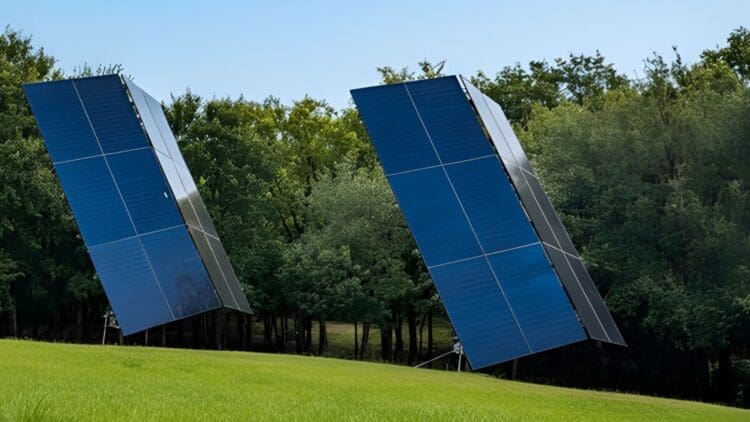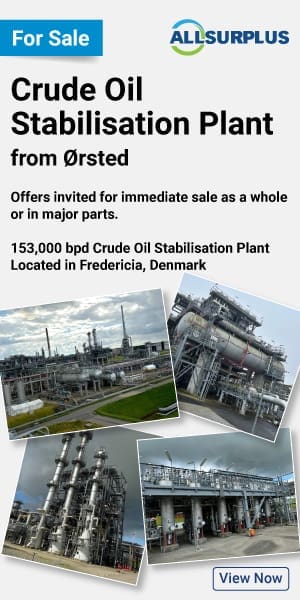100 years later, an idea put forward by French engineer Bernard Dubos is being brought to the fore, and it’s like 3 solar panels ignited at once. In 1913, Dubos proposed the concept of a Solar Aero-Electric Power Plant that would harness the sun’s energy on a massive scale in North Africa. This forward-thinking idea was presented before the French Academy of Sciences, and the core premise of the idea was to build a towering solar structure that was vertically raised to capture the sun’s energy.
The 100-year-old project is becoming a reality in one state
While Dubos proposed the idea of Solar Aero-Electric Power Plant for North Africa, it is Texas in South Central America that has decided to harvest more power by using less space. The Texas-based startup, Janata Power, is bringing Dubos’ idea to light with its 3D solar tower technology. The skyscrappers are able to produce three times more power per unit area in comparison to the more traditional panels.
The very concept proposed by Dubos was to capture the essence of such a powerful solar building that it could seem like three panels ignited all at once. Indeed, the methaphor of the three panels igniting simultaneously signifies a significant advancement in energy density and performance.
Understanding the technology utilized by Janata Power
The way Janata Energy’s towers are structured is so as to reshape the way in which industries and airports think of clean power. Janata’s vertical tower stretches skyward and captures the sun’s power from a variety of angles. Due to the design of these solar towers, a 50% increase in solar energy generation will result.
The geometry behind each tower allows the tower to capture maximum sunlight from all angles during the day. The fact that the towers can capture maximal sunlight during all hours of the day is already a spectacular feat. Traditional panels tend to capture maximal sunlight during midday only.
According to the performance metrics of Janata Energy towers:
- It has a 32% capacity factor in comparison to the 22% of other conventional systems.Wind resistance of up to 170 mph is offered to ensure peak performance during harsher weather conditions, too.
- Up to three times the solar surface area is exposed to the sun.
The metrics are nothing short of impressive, and these Janata Energy systems are being tested in high-demand areas with pilot projects underway at airports, including at Dallas-Fort Worth International Airport.
Compact and affordable power thanks to Janata Energy
At Janata Energy, the philosophy is more power, more energy, less space. The company is all in favor of a future whereby energy is sustainable and accessible to all. According to Janata Energy, even those in rural areas must have access to compact and affordable power.
Janata Energy is achieving its philosophy with a four-tier resilient system, which combines solar, grid, battery, and generator backup to guarantee power all day long. Each tower has smart sensors and over-the-air (OTA) software updates set to enhance performance. Since installations of the towers can happen within a few days, the payoff of installing these solar towers is under five years. Clearly, solar panels of the future are hitting America, and Janata Energy proves this.
Janata Energy is capturing a vertical future for solar power
A key moment for Janata Energy was the completion of the $5,5 million seed round that was led by MaC Venture Capital and Collab Capital. This was a pivitol moment for Texas, as funding will now increase and tower deployment will increase as well.
With its headquarters in Dallas, Texas, Janata Energy is planning to position itself at the very center of solar technological innovation. Janata Energy will see their towers standing tall whilst finally making a 100-year -project a reality. Perhaps Janata Energy is pointing us in the direction where flat solar panels are a waste of time, with Milwaukee’s “Ecacia” solar trees even showing impressive performance.
Disclaimer: Our coverage of events affecting companies is purely informative and descriptive. Under no circumstances does it seek to promote an opinion or create a trend, nor can it be taken as investment advice or a recommendation of any kind.





